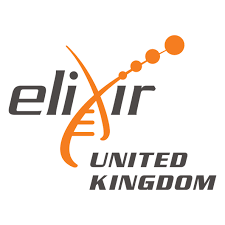GtoPdb is requesting financial support from commercial users. Please see our sustainability page for more information.
Targets Associated with Immuno Processes - Antigen presentation
Jump to:
| Antigen presentation | Download as CSV | ||
Targets Associated to Immuno Processes
Full documentation can be found in the GtoImmuPdb immuno cell type data documentation (PDF). ✖ |
|||






